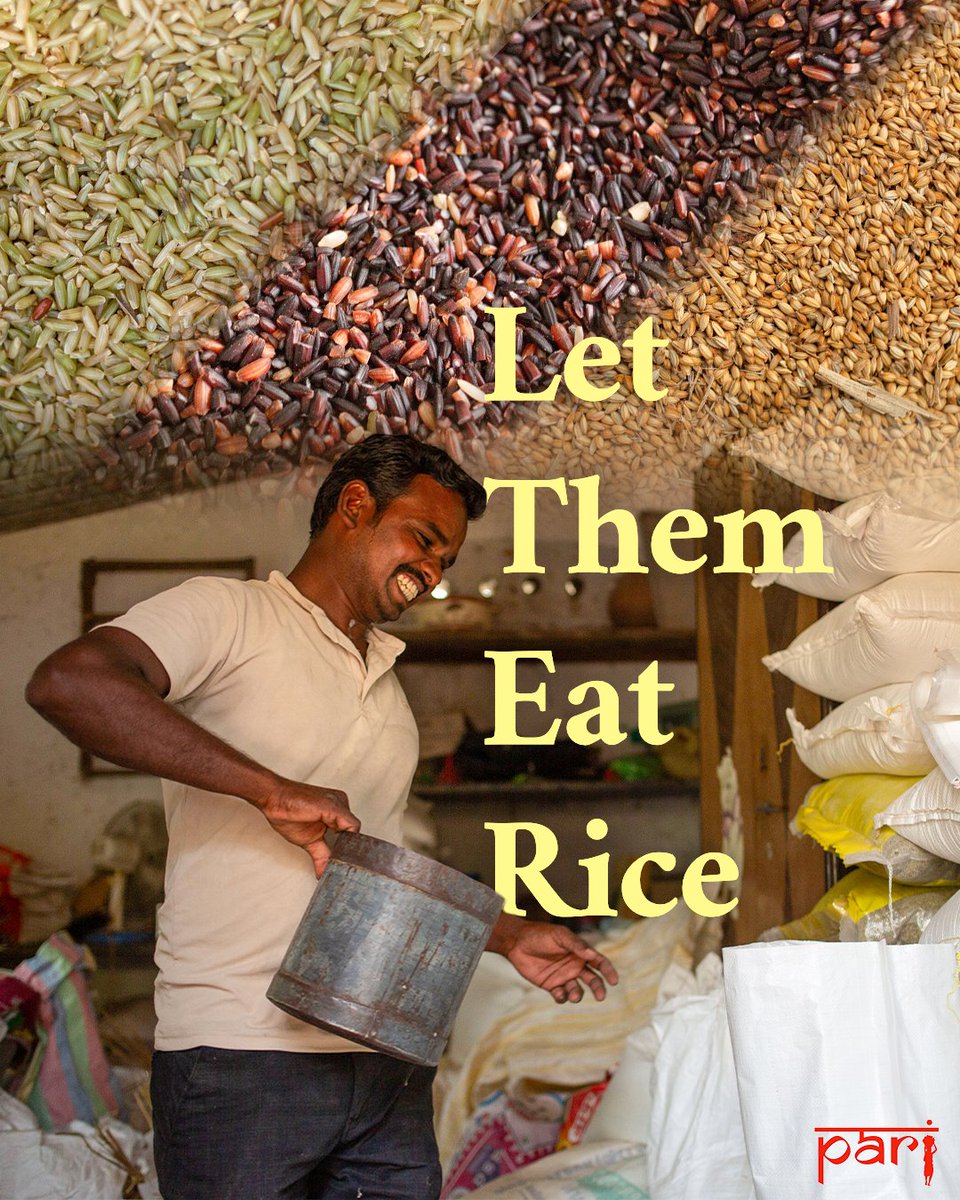This 2019 report by the National Statistical Office presents the results of the survey Drinking Water, Sanitation, Hygiene & Housing Condition in India. The last such survey was taken in 2012 by the National Sample Survey Office.ruralindiaonline.org/library/resour…
Its objective was to understand the conditions necessary for a household to live a decent and #healthy life, and to develop indicators for such an assessment. For this purpose, the NSS examined the living conditions of households across India.
Information was collected on a range of parameters, including: the type, condition, and ‘tenurial status’ of the dwelling/residential unit, the drainage system of the unit, system of disposal of household wastewater and garbage, and problems of flies and mosquitoes.
The average household size (number of persons) in rural areas was 4.5 people. In urban areas, it was 3.9 people. A household is defined as a group of people normally living together and consuming food from a common kitchen.
The report defines the principal source of water as the source through which the household obtained most of its drinking water in the last 365 days. A majority of urban households used ‘piped water into dwelling’ as their principal source of #drinking #water.
Most #rural households (42.9 %) used hand-pumps. Other major sources included ‘piped water into dwelling (11.3%) & tubewell (10.9%). 88.7% of the surveyed households stated that they received sufficient #water from their principal source of drinking water throughout the year.
65.3% of households (72.8% in rural and 50.9% in urban areas) did not treat drinking #water to improve its quality. The most common treatment method was electric purifiers (20.8 per cent) for #urban households, and filtration with cloth (12.9 per cent) for #rural households.
91.2%of urban households had access to a bathroom, and 75 per cent had exclusive access to one. A majority (74.8 per cent) of these had a bathroom attached to their dwelling unit.
56.6 per cent of surveyed households in rural areas had access to a bathroom. Among them, 48.4 per cent had #bathrooms attached to the dwelling unit, and 50.7 per cent had bathrooms detached from the dwelling unit, but within the household premises.
28.7 per cent of surveyed households in rural areas reported that they did not have access to a #latrine. In the report, this refers to a majority of household members having access to a latrine irrespective of whether they used it or not.
the report says that the percentage of households with latrines increased btw 2012 & 2018. In rural areas,40.6% of households had access to a latrine in 2012, while for urban areas that number was 91.2%. In 2018,these numbers went up to 71.3%in rural areas & 96.2% in urban areas.
The report indicates that the number of families living in pucca houses (structures with walls and roofs made of material such as cement, concrete and oven-burnt bricks) increased from 74.6 per cent in 2012 to 83.3 per cent in 2018.
38.9 per cent of rural and 8 per cent of urban households – 28.3 per cent of all surveyed households – reported having no drainage system – that is, no formal system of carrying away household #wastewater and liquid waste.
48.1% of the rural households surveyed reported that their household wastewater was disposed of in open low land areas/streets without treatment of any kind. The other main methods included drainage system (23.8%) & disposal to ‘other places’ with or without treatment (12.4%).
• • •
Missing some Tweet in this thread? You can try to
force a refresh






















